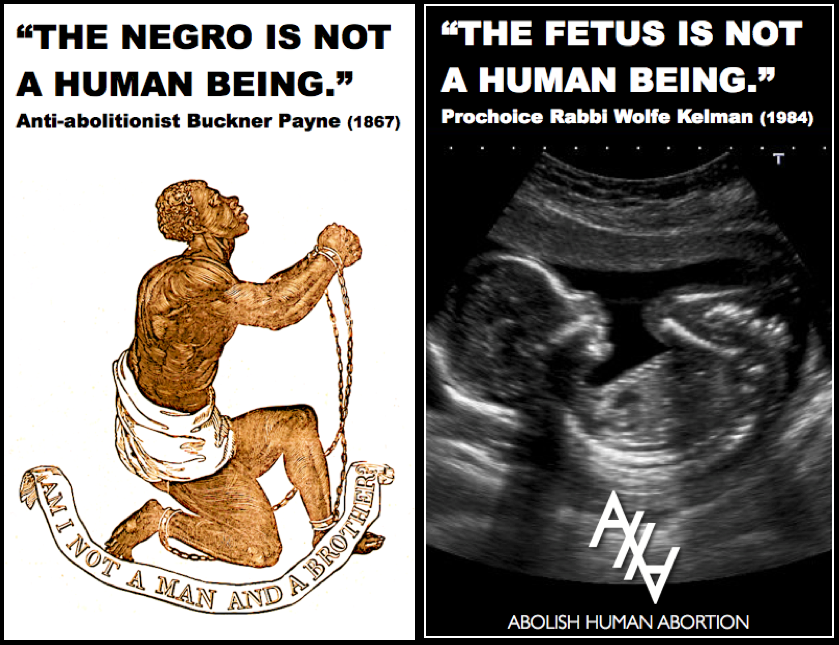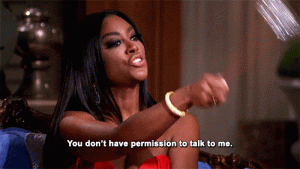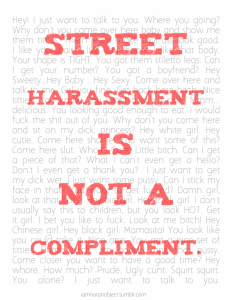As Norma discussed in her most recent post, we recently had the privilege of attending a screening of the powerful documentary Southwest of Salem: The Story of the San Antonio Four last week. Following the film was a conversation with members of F2L, a NYC-based group of individuals doing support work for queer and trans people of color facing time in the state prison system. Their insight both complemented and challenged the film, inviting sustained dialogue on the intersections of race, gender, sexuality, and policing. One of the volunteers highlighted the documentary’s emphasis on innocence: as a viewer, it is easy to support the cause of four women who are “innocent” and to lament their “wrongful imprisonment.” But what if we instead proclaim that all imprisonment is inherently wrong? What if we reject the so-called criminal justice system in its entirety and dare to radically reimagine a world without prisons?
I have been circling back to these thought provoking comments throughout the last two weeks, as themes of criminalization and policing continue to emerge in our readings and engagement activities. Two particular works (which we viewed as enrichment events) have left me grappling with notions of innocence, guilt, and the hyper-criminalization of people of color: the play Pipeline and the film Moonlight.
Pipeline is a new play written by Dominique Morisseau and directed by Lileana Blain-Cruz. The work is centered on Nya, an inner-city public high school teacher, and her teenage son Omari. As the play unfolds, we learn that Omari has gotten into a physical altercation with a teacher at his elite private school upstate, where his mother had sent him in pursuit of better opportunities. Another student recorded the interaction, and the school is threatening to expel Omari in addition to pressing criminal charges.
Moonlight is an award-winning (Best Picture!!!) 2016 coming-of-age film written and directed by Barry Jenkins that was adapted from Tarell Alvin McCraney’s play “In Moonlight Black Boys Look Blue.” The story is told through three stages in the life of the main character, represented by his three names: Little, Chiron, and Black. It chronicles his struggles with his identity, sexuality, and childhood abuse. While Moonlight deals less explicitly with the school-to-prison pipeline, themes of crime and criminalization underlay the film. After neighborhood bully Terrel coerces Chiron’s friend and love interest, into brutally beating him, Chiron returns to the classroom and strikes Terrel over the head with a chair. He is arrested and sent to juvenile detention.
In both works, the audience gains insight into the mindset of the individual committing the the “crime.” We see not only their singular act of violence, but also their entire lives. Omari and Chiron are both guilty in the technical sense–both physically assaulted another individual in the classroom. But in knowing their stories, their struggles, their reasons for being pushed to violence, the viewer cannot help but be overwhelmed with empathy (to the point that many audience members started cheering when Chiron struck Terrel). When we cast aside the learned stereotypes of black boys as men, as violent, as animalistic, as criminal, and instead recognize them as individuals fighting for their humanity in a society that constantly and creatively seeks to deny it, even the “guilty” are worthy of love. When we acknowledge the complex and layered reasons that these boys were pushed to act violently, imprisonment no longer feels like an acceptable answer.






